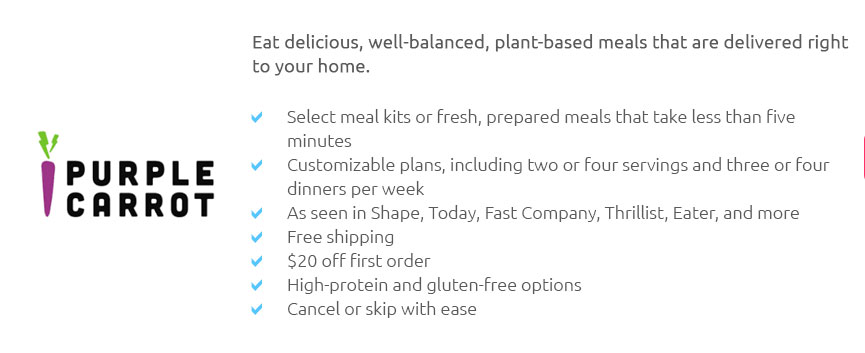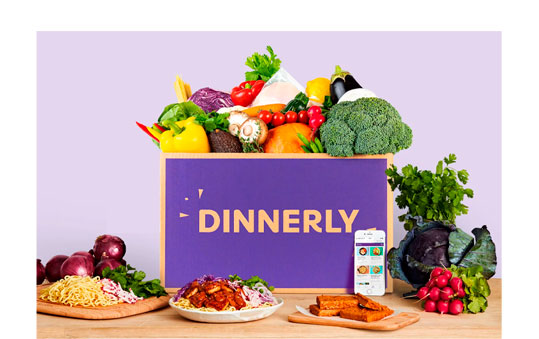 |
 |
 |
|---|
 |
|---|
 |
||||||
|---|---|---|---|---|---|---|
|
||||||
 |
 |
|||||
 |
 |
|||||
 |
 |
|||||
 |
 |
|||||
 |
 |
|||||
 |
 |
|||||
 |
 |
|||||
 |
 |
|---|
Food Delivery in the USA: A Modern Culinary RevolutionIn recent years, the food delivery industry in the United States has undergone a transformative journey, reshaping how Americans interact with their meals. This evolution is not merely about convenience; it is a profound shift in culinary culture, deeply intertwined with technological advancements and changing lifestyles. With the proliferation of smartphones and the internet, food delivery apps like Uber Eats, DoorDash, and Grubhub have burgeoned, offering a plethora of choices at the fingertips of consumers. The modern food delivery ecosystem is a testament to the innovative spirit of the digital age, providing a solution to the ever-busy schedules of American citizens. As work-from-home arrangements and demanding work hours become the norm, the convenience of having a hot meal delivered to one's doorstep cannot be overstated. This convenience is further enhanced by the diverse range of options available-from exotic cuisines to local favorites, all accessible with a few taps on a screen. One might argue that food delivery services are redefining what it means to dine in. With the click of a button, consumers are granted access to a global palate, enabling them to explore culinary delights from around the world without leaving the comfort of their homes. This shift not only caters to the adventurous eater seeking novel experiences but also to those who prioritize comfort and familiarity. However, the rise of food delivery services is not without its challenges. The industry faces criticism regarding the impact on traditional dining experiences and the pressure it places on local restaurants. There is a delicate balance between embracing innovation and preserving the essence of dining as a social and communal activity. Furthermore, the environmental implications of increased packaging and delivery emissions cannot be ignored. These challenges prompt a dialogue about sustainable practices and the responsibility of consumers and providers alike.
Despite these challenges, the positive impact of food delivery services on the American lifestyle is undeniable. They provide not only a solution to time constraints but also an opportunity to explore and enjoy a variety of foods. As technology continues to evolve, it will be fascinating to observe how this sector adapts and grows, potentially incorporating more sustainable practices and innovative solutions to enhance the dining experience further. In conclusion, the food delivery industry in the USA is a dynamic and rapidly evolving landscape that reflects broader societal trends. It is a microcosm of the intersection between technology, convenience, and culture, offering insights into the future of dining. Whether one views it as a boon or a bane, there is no denying that food delivery is an integral part of the American culinary scene, a testament to the endless possibilities that arise when innovation meets daily life. https://www.doordash.com/?srsltid=AfmBOorctM8ZhAcLaB02TrlhaazW46XM1aYBdusNjCYCEpIfrBP08toT
Delivery & takeout from the best local restaurants. Breakfast, lunch, dinner and more, delivered safely to your door. Now offering pickup & no-contact ... https://www.ubereats.com/?srsltid=AfmBOopNYjfcsU0NwvK-J33cLE0LoqH-AOXJJ5kbHMy2xK03X5wMRUpJ
Find the best restaurants that deliver. Get contactless delivery for restaurant takeout, groceries, and more! Order food online or in the Uber Eats app and ... https://apps.apple.com/us/app/doordash-food-delivery/id719972451
With more than 310000 menus and 55000+ grocery, convenience and retail stores across 4000+ cities in the U.S., Canada, and Australia, DoorDash offers the ...
|
|---|


